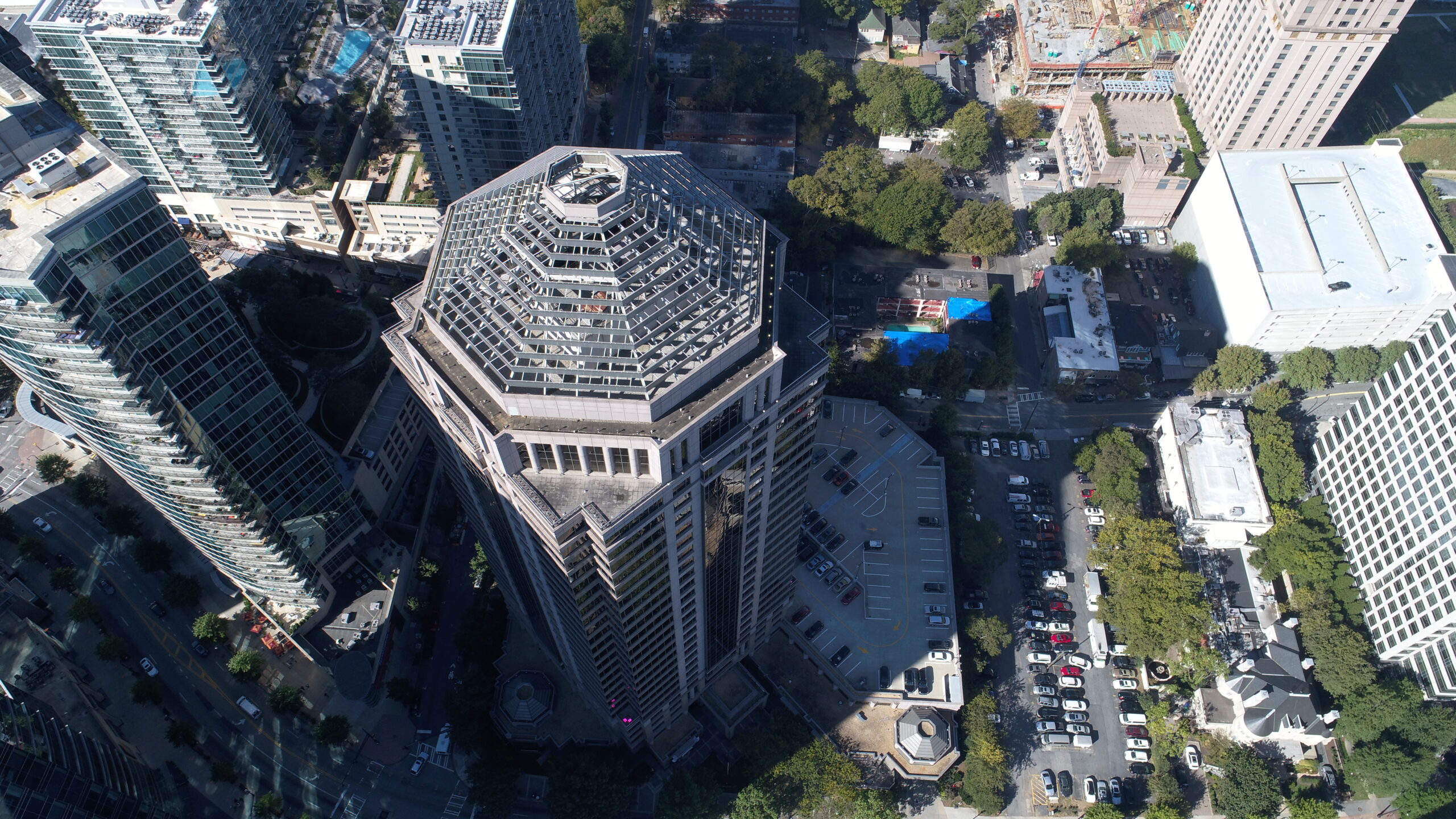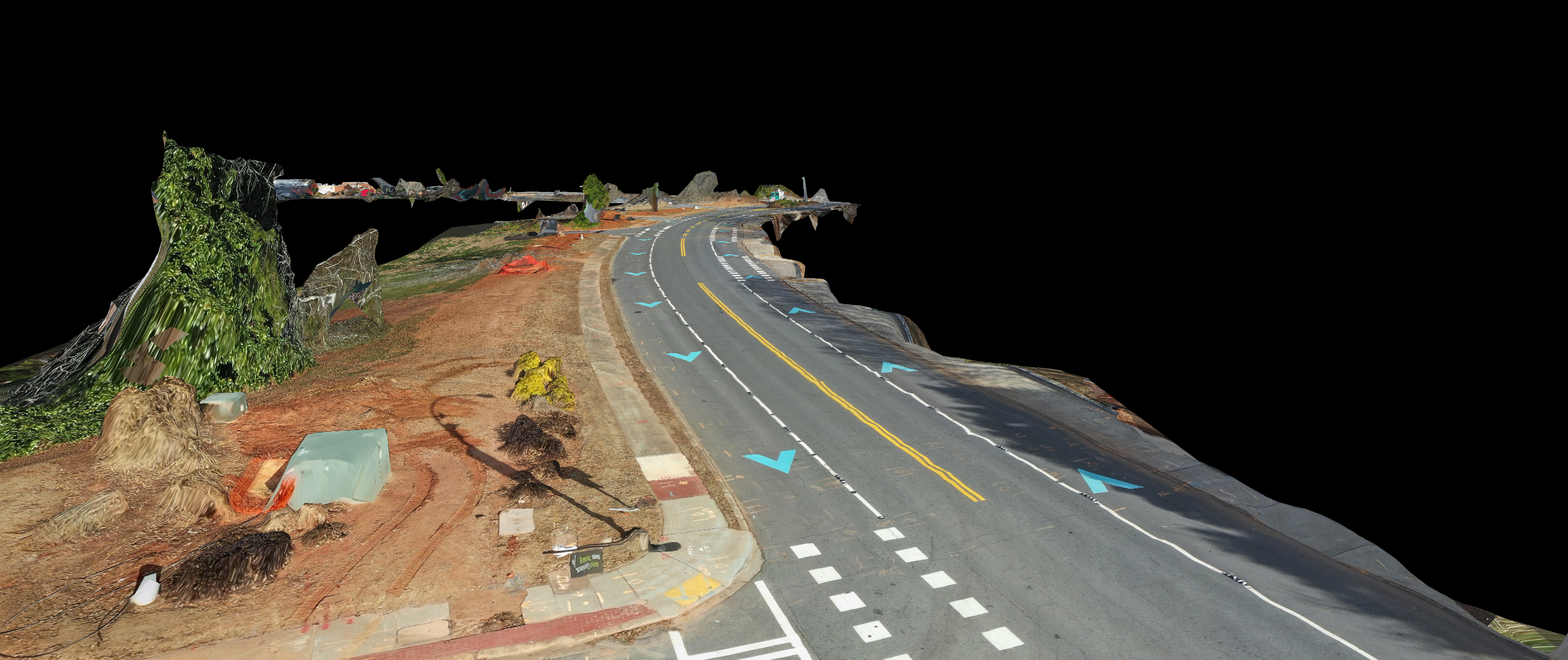Estimated reading time: 4 minutes

Drones have opened up new perspectives and creative possibilities for aerial photography and videography, particularly in urban environments where buildings offer a dynamic and diverse scenery. However, flying a drone near buildings poses certain challenges that drone pilots should be aware of and prepared for. In this article, we will explore some of the key considerations for flying a drone near buildings, with a focus on the impact of wind.
- Check Local Regulations
Before taking off, drone pilots should make sure they are aware of and comply with any local or national regulations that apply to drone operations. This may include restrictions on airspace, altitude, distance from people and property, and other safety and privacy concerns. Knowing the rules and following them is essential for avoiding fines, accidents, and legal liabilities.
- Assess the Wind Conditions
Wind is a major factor that can affect drone flights near buildings. Buildings can cause wind to accelerate, decelerate, swirl, and change direction, creating unpredictable and gusty conditions that can challenge the stability and control of the drone. Therefore, it is recommended to check the weather forecast and the local wind conditions before launching the drone. This can be done using smartphone apps, websites, or handheld anemometers, as well as observing the movement of nearby trees, flags, and other objects. It is also advisable to avoid flying in high winds or gusts, as they can cause the drone to drift or crash.
- Plan Your Flight Path
Planning the flight path is crucial for avoiding collisions, turbulence, and obstacles when flying a drone near buildings. A good flight plan should take into account the location, size, height, and orientation of the buildings, as well as any potential hazards such as power lines, antennas, or trees. It should also consider the camera angles and movements that will capture the desired shots or scenes. By creating a clear and feasible flight plan, drone pilots can minimize the risks of accidents, flyaways, and other mishaps.
- Adjust Your Flight Techniques
To fly a drone successfully near buildings, drone pilots should also adapt their flight techniques to the wind conditions and the surrounding environment. For example, they may need to use a slower speed, a lower altitude, or a tighter radius when flying around narrow or tall buildings. They may also need to use a manual mode, rather than an automatic mode, to have more control over the drone’s movements and maneuvers. Moreover, they may need to keep the drone in sight at all times, as the signals can be disrupted or weakened by the buildings or other structures.
- Practice Safe and Professional Flying
Flying a drone near buildings is not only a matter of technical skills but also of safety and professionalism. Drone pilots should always prioritize safety, not only for themselves but also for others and the environment. This includes keeping a safe distance from people and property, not flying over sensitive areas or events, and avoiding disturbing wildlife or birds. Drone pilots should also respect the privacy of individuals and property owners, and seek permission or consent when necessary. Finally, drone pilots should strive to be ethical and respectful in their behavior and communication, and to represent the drone community in a positive and responsible way.
In conclusion, flying a drone near buildings can be an exciting and rewarding experience for drone pilots who are prepared and mindful of the challenges and opportunities. By following the local regulations, assessing the wind conditions, planning the flight path, adjusting the flight techniques, and practicing safe and professional flying, drone pilots can achieve their creative goals and enjoy the beauty and complexity of urban landscapes.



